World trade in manufactured goods more than doubled between 2000 and 2014 – from $4.8 trillion to $12.2 trillion. It is this tremendous growth that has made the manufacturing industry more prone to cyberattacks.
A 2017 study showed that 40 percent of manufacturing companies in the U.S. were affected by cyber incidents in the past 12 months and 38 percent of those impacted suffered damages in excess of $1 million. The manufacturing industry now ranks second in the most attacked industries for cybercrime, next to health care. While health care cybercriminals target the personal information of people, manufacturing cybercriminals are mostly after intellectual property. From 2016 data, Verizon reports 94 percent of cyberattacks is credited to espionage, making the industry the top target for spies.
Cybersecurity, therefore, becomes a high priority for manufacturers everywhere. Cybersecurity is defined as “the state of being protected against the criminal or unauthorized use of electronic data, or the measures taken to achieve this”. Simply put, a strong cybersecurity system protects a company’s assets from cyber threats and cyberattacks to ensure business operations run effectively.
These attacks are aimed towards acquisition of critical manufacturing information through malware installations. Stolen information may be used as ransom, withholding manufacturing processes in exchange for money. In this case, the business may be partially compromised or completely paralyzed, leaving manufacturers no choice but to retrieve stolen the data for business to resume.
Information may also be stolen due to business rivalry: compromising competitors’ operations or developing stolen data without the expense and years of product research and development. Some cyberattacks are even committed out of revenge.
No matter the motive, cybersecurity must be taken seriously. Protect your company’s assets by performing some preventive measures.
- Conduct IT risk assessments yearly to identify possible sources of threats. This way, the company can increase security where systems may be vulnerable.
- Perform annual penetration tests to identify systems’ weaknesses so improvements can be made accordingly.
- Update security features based on new threats.
- Drive increased awareness of cybersecurity with employees. Early detection of cyberattacks and the appropriate steps of action must be disseminated to everyone working for the company.
- Conduct data backup and recovery of the most critical information in case of successful cyberattacks.
Automated manufacturing equipment also helps protect the company from threats and attacks. Keep in mind that the company’s confidential data is crucial to the business and must be given utmost priority and high security.

